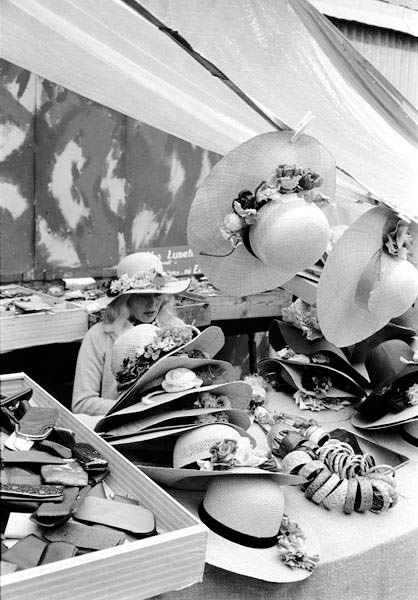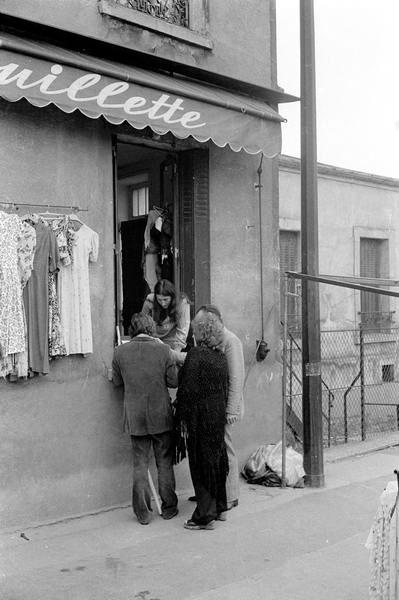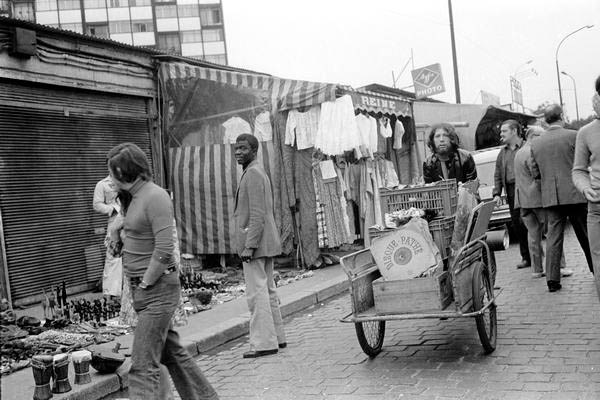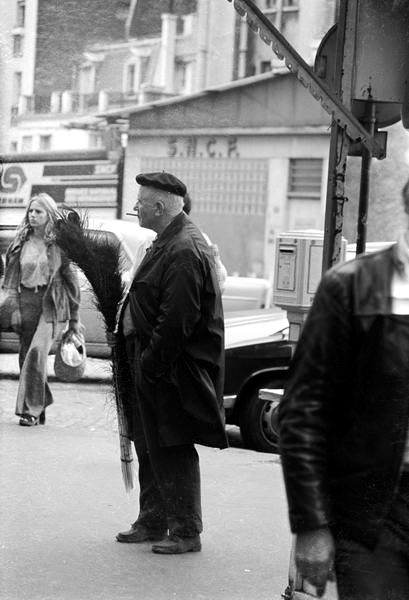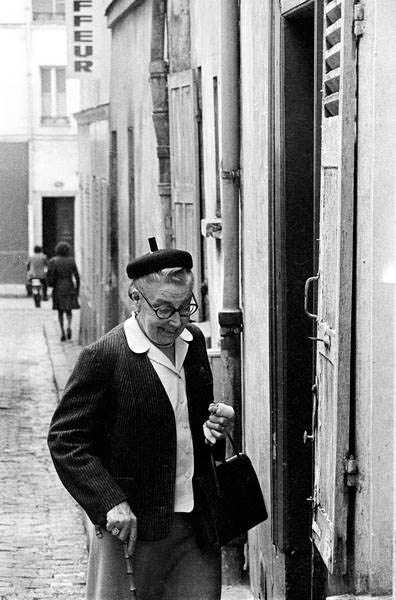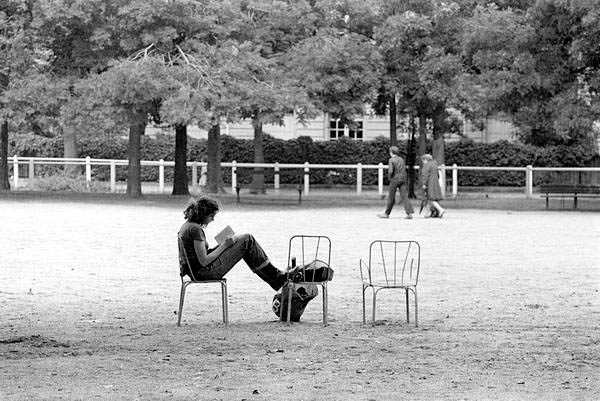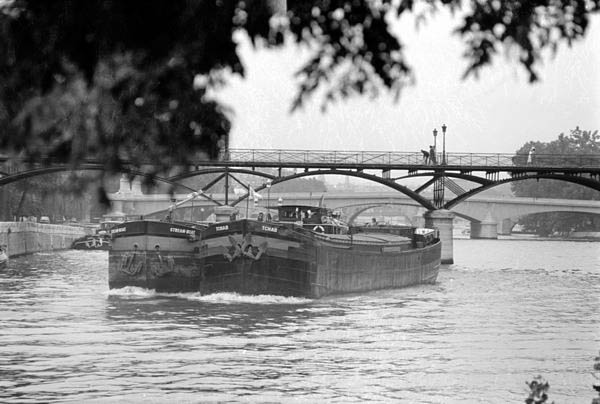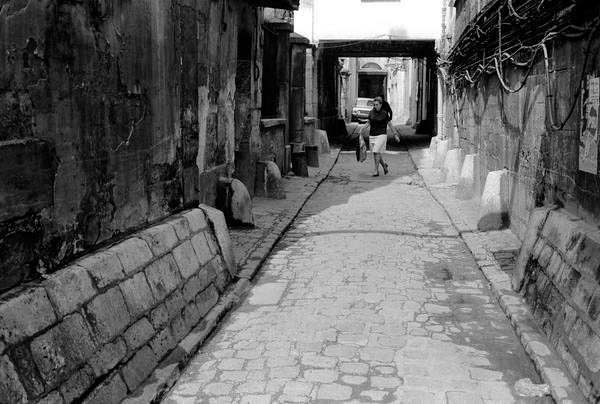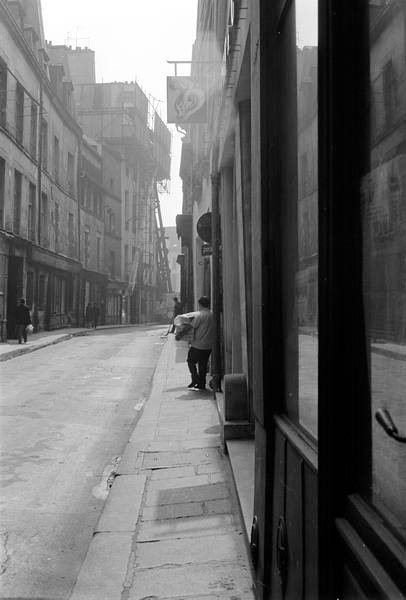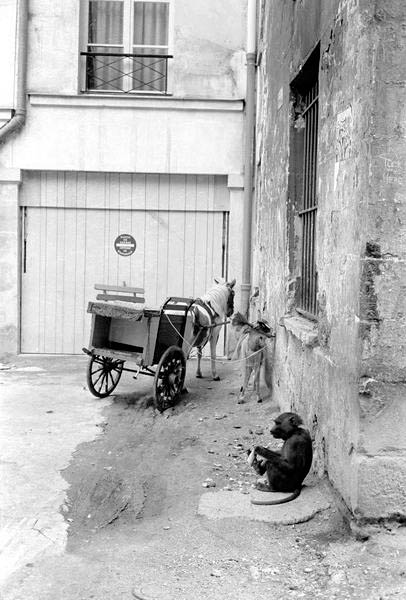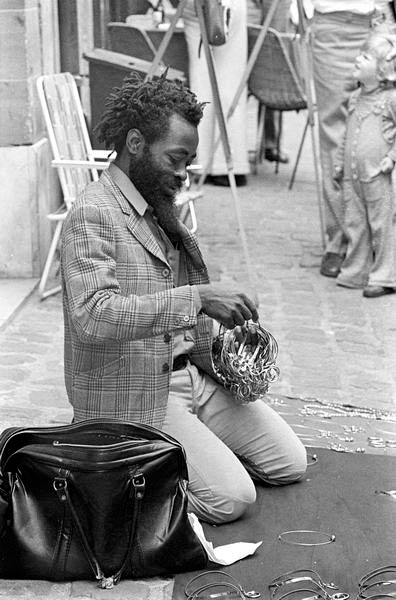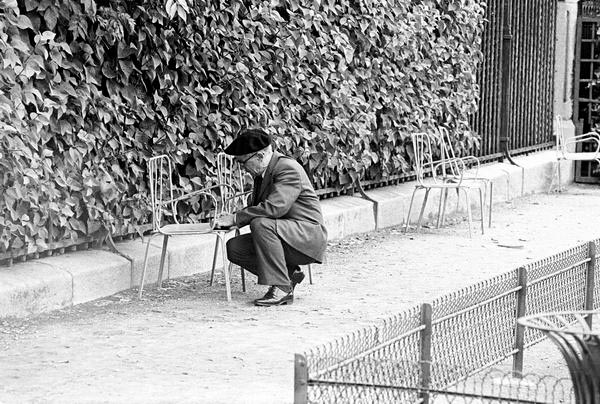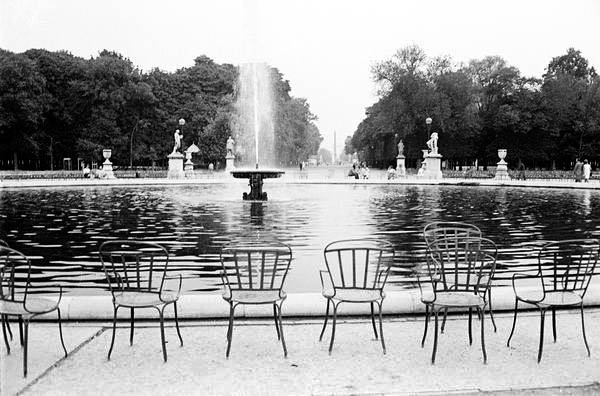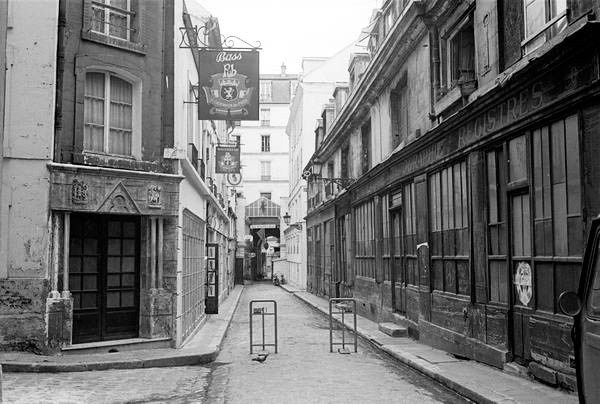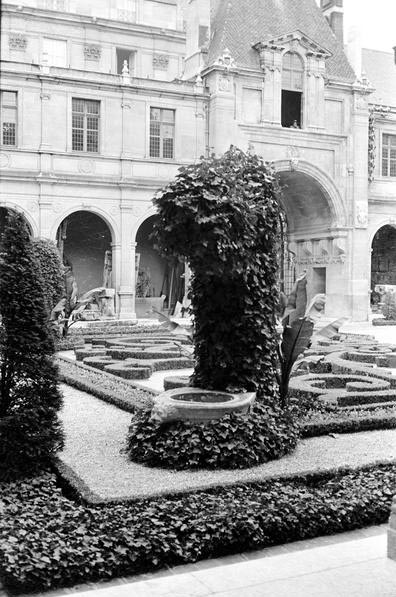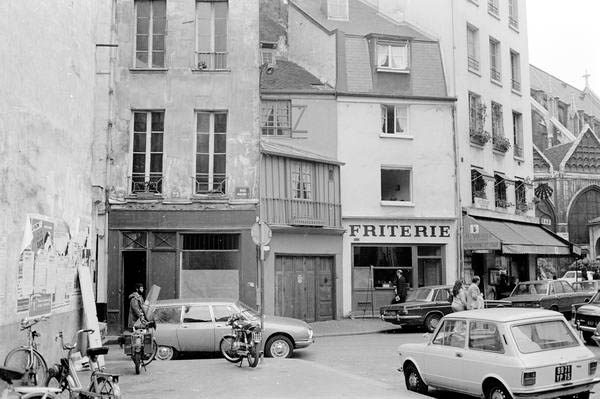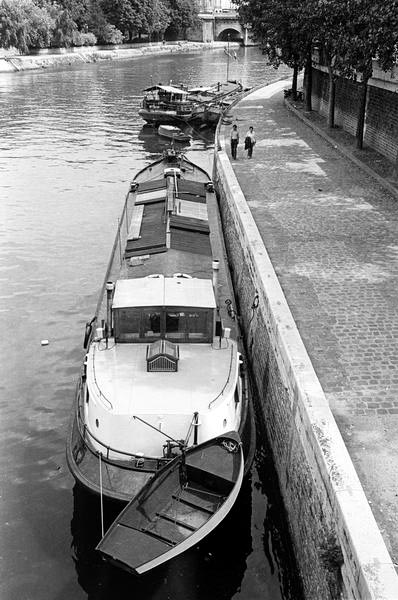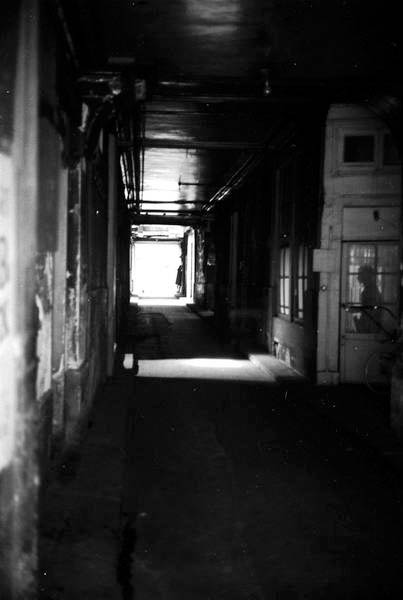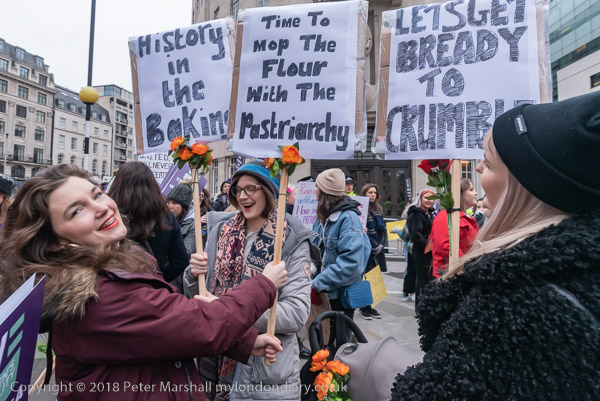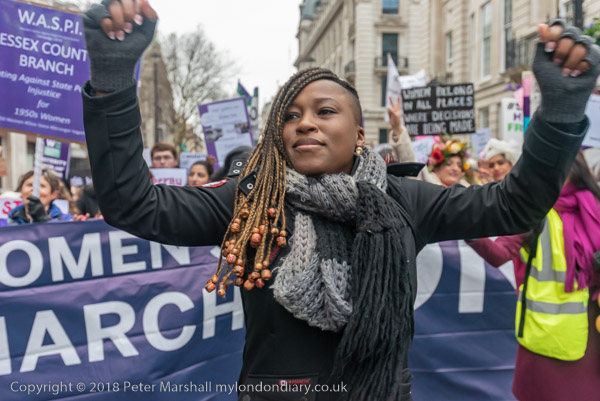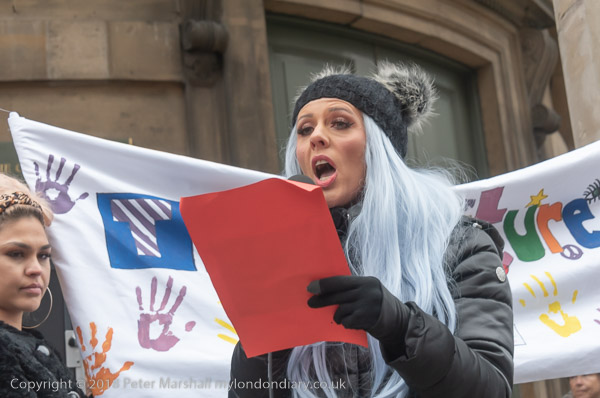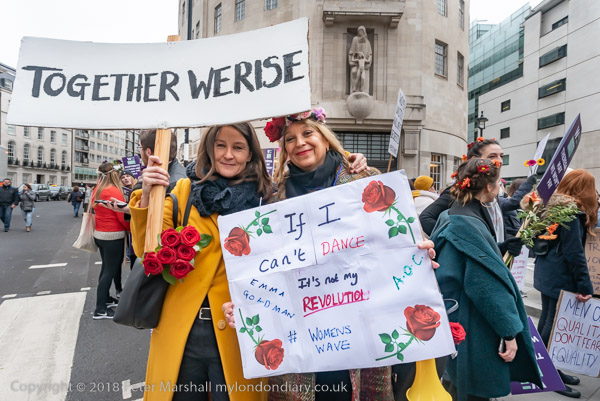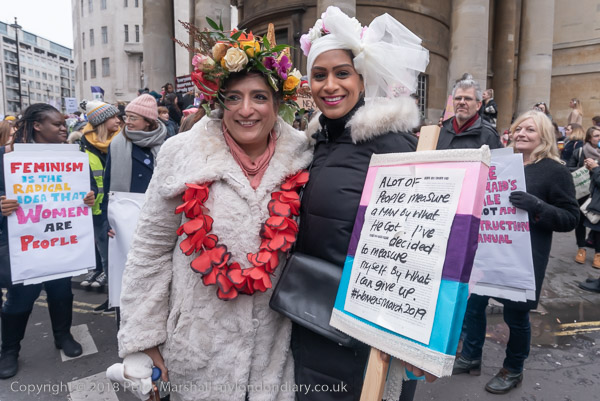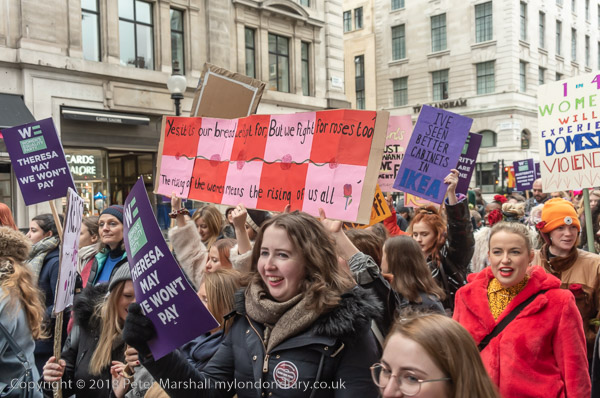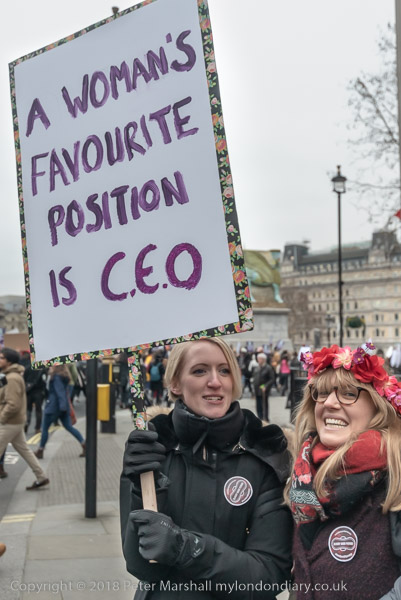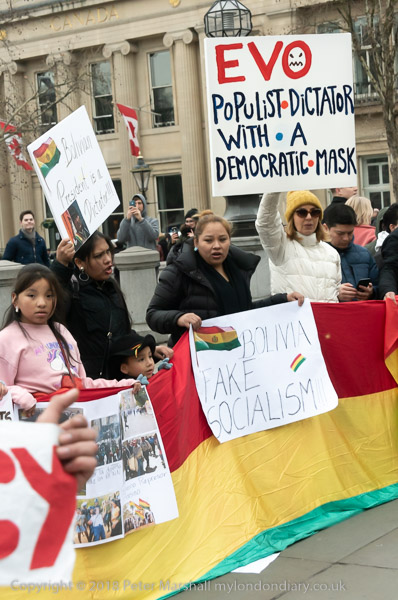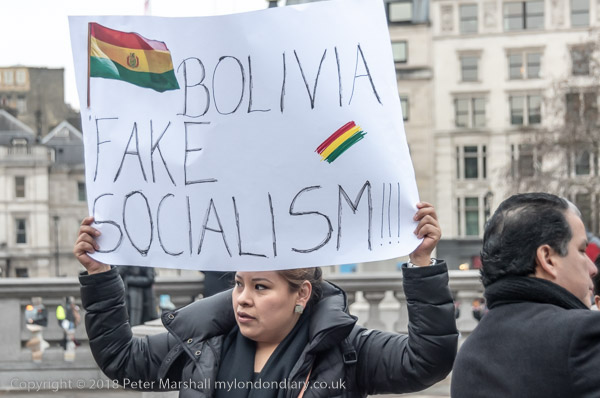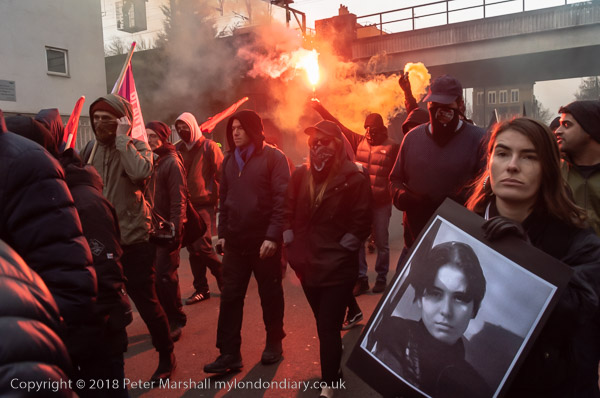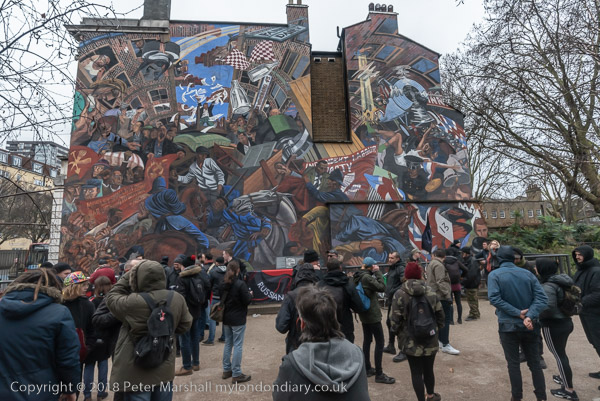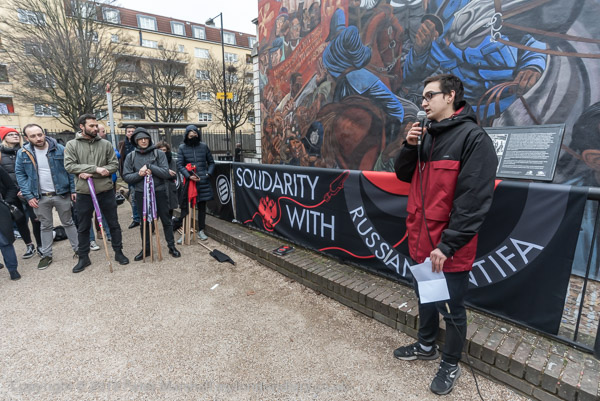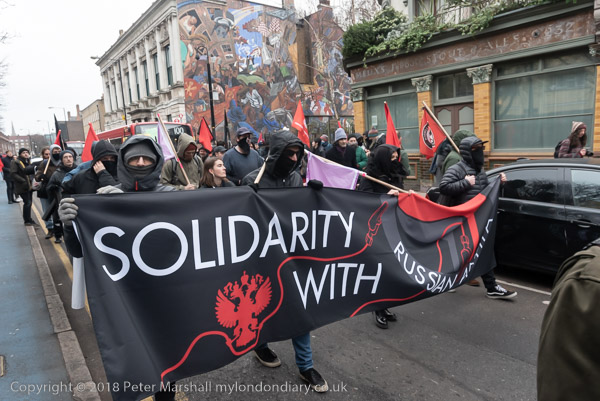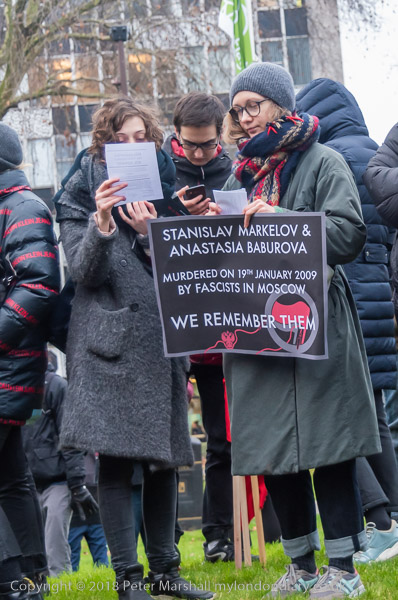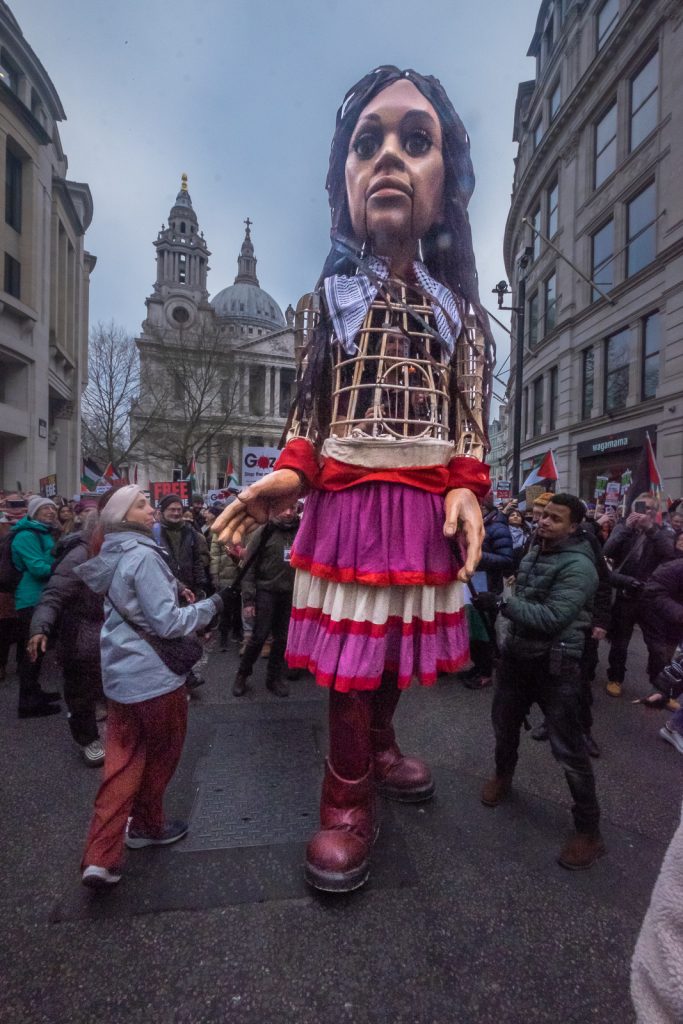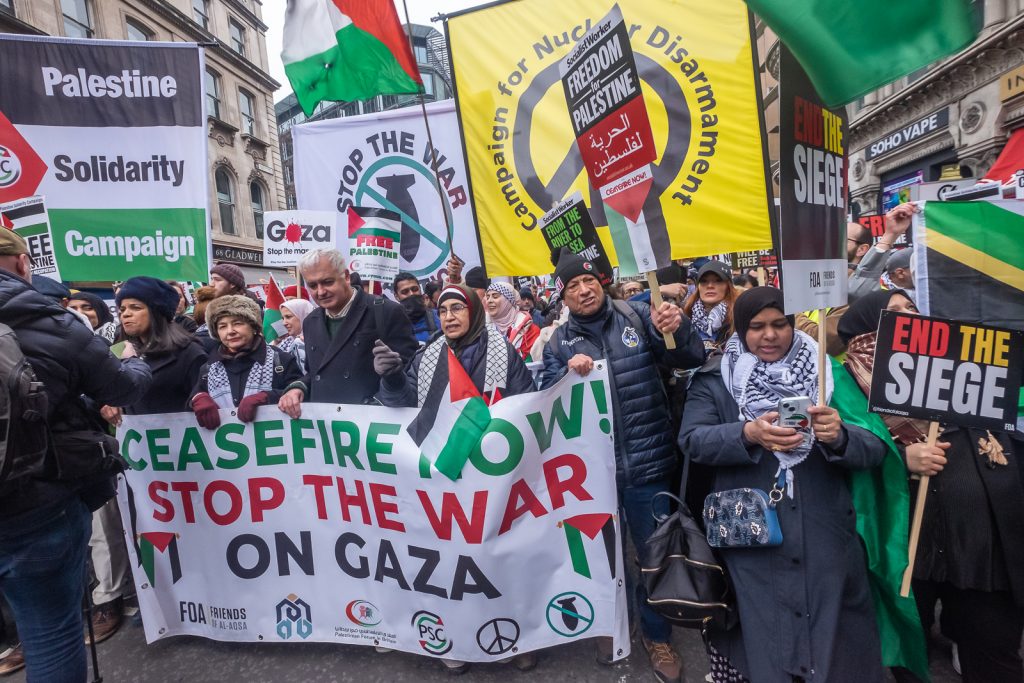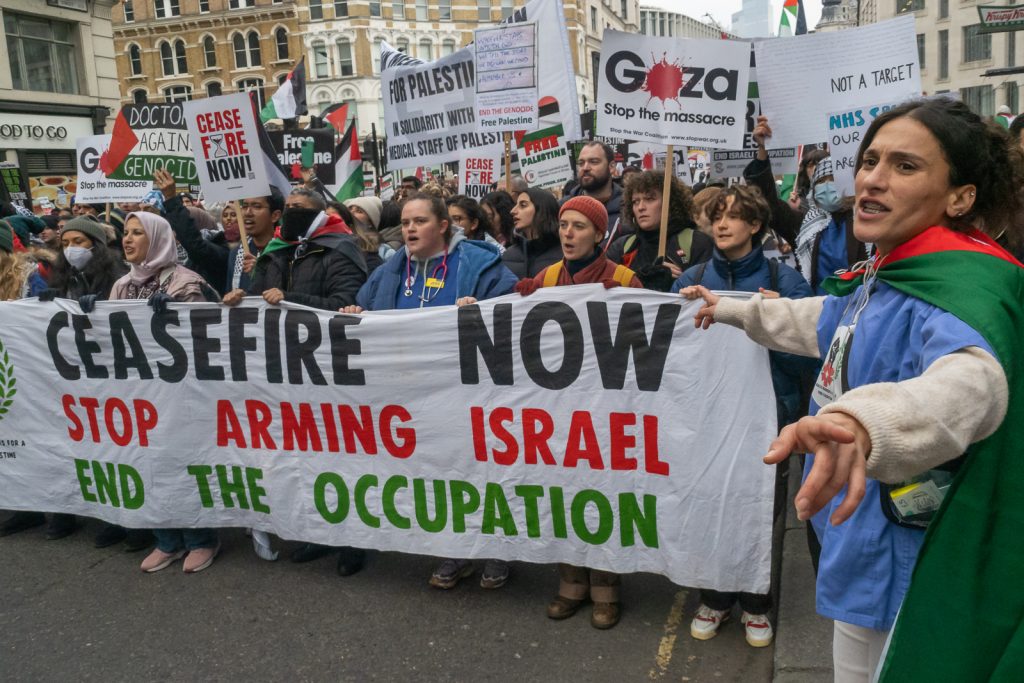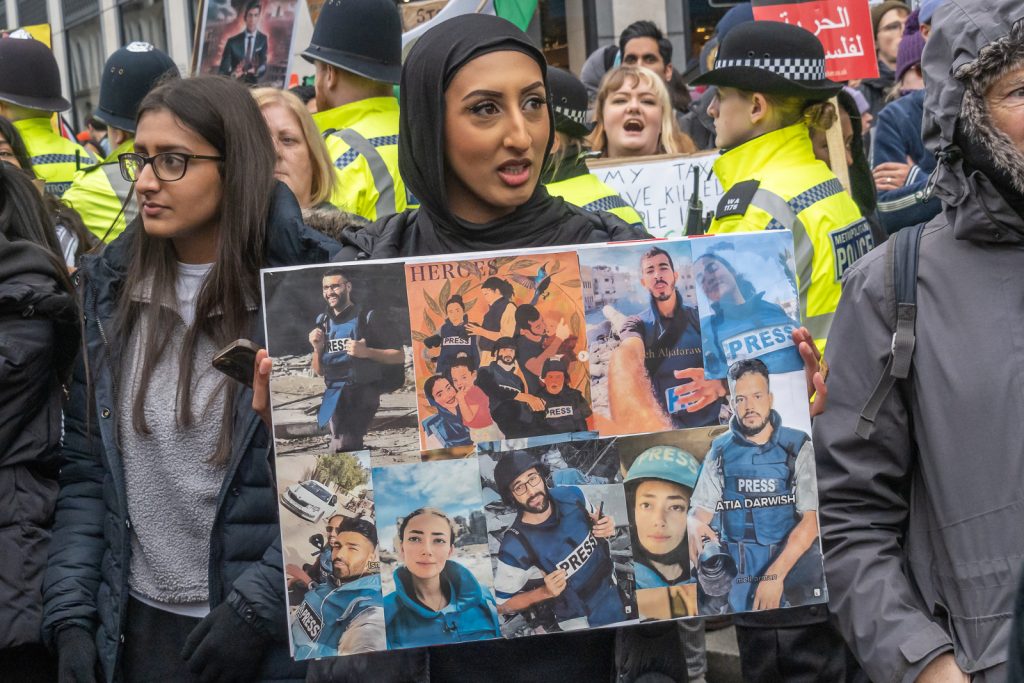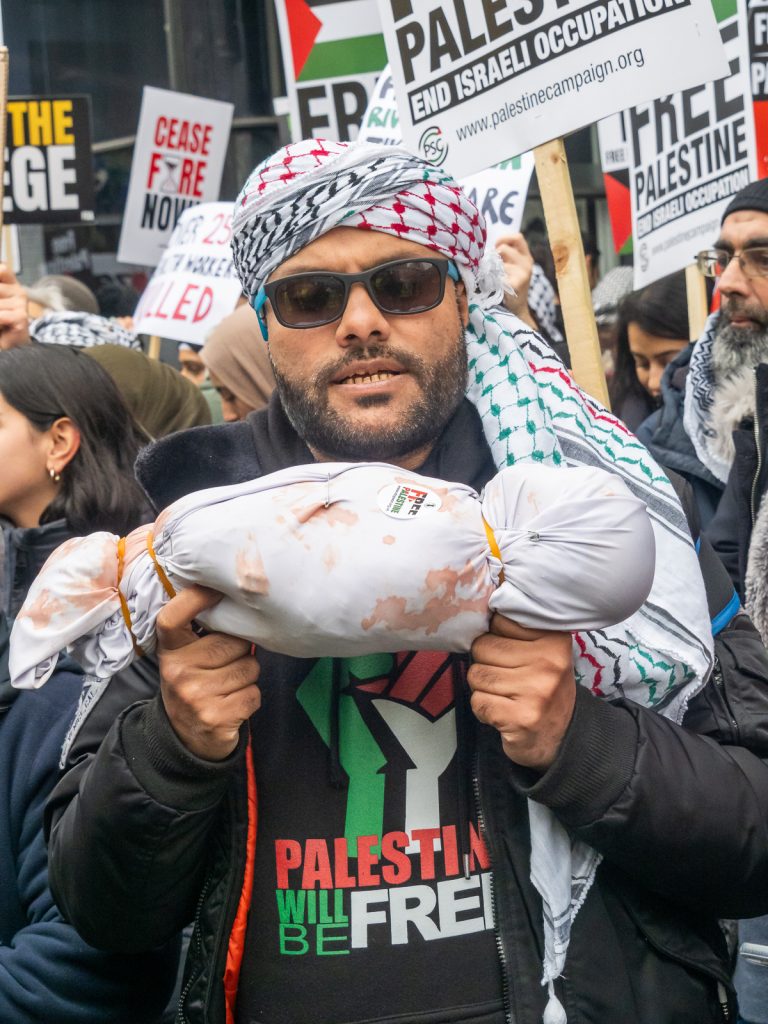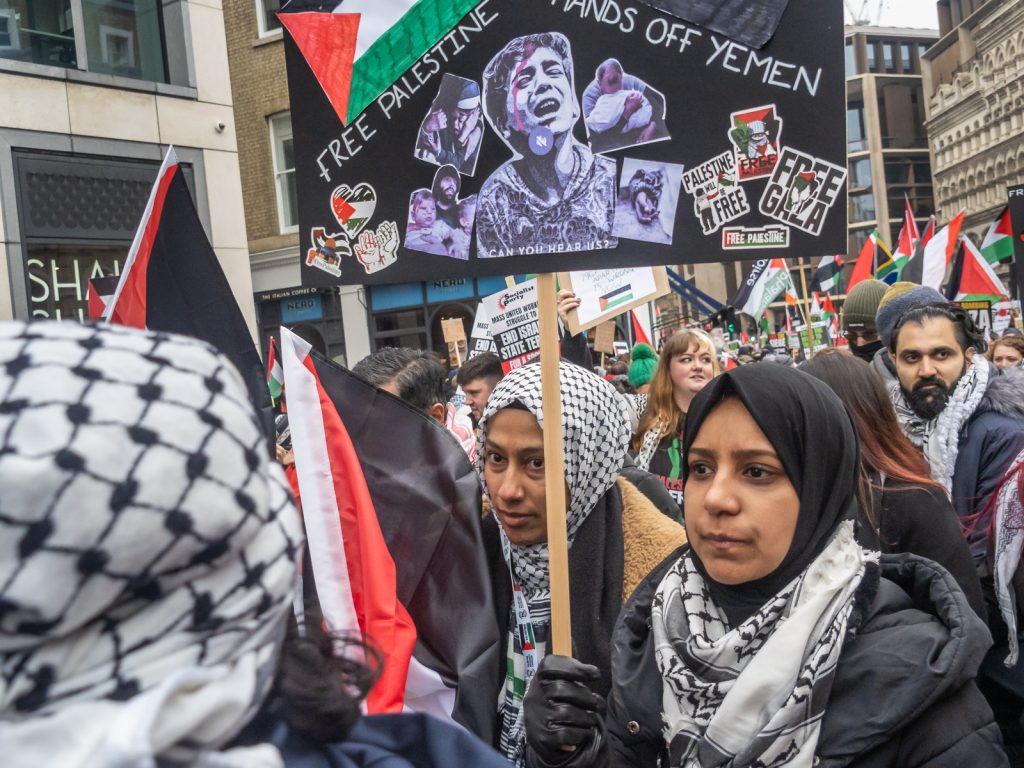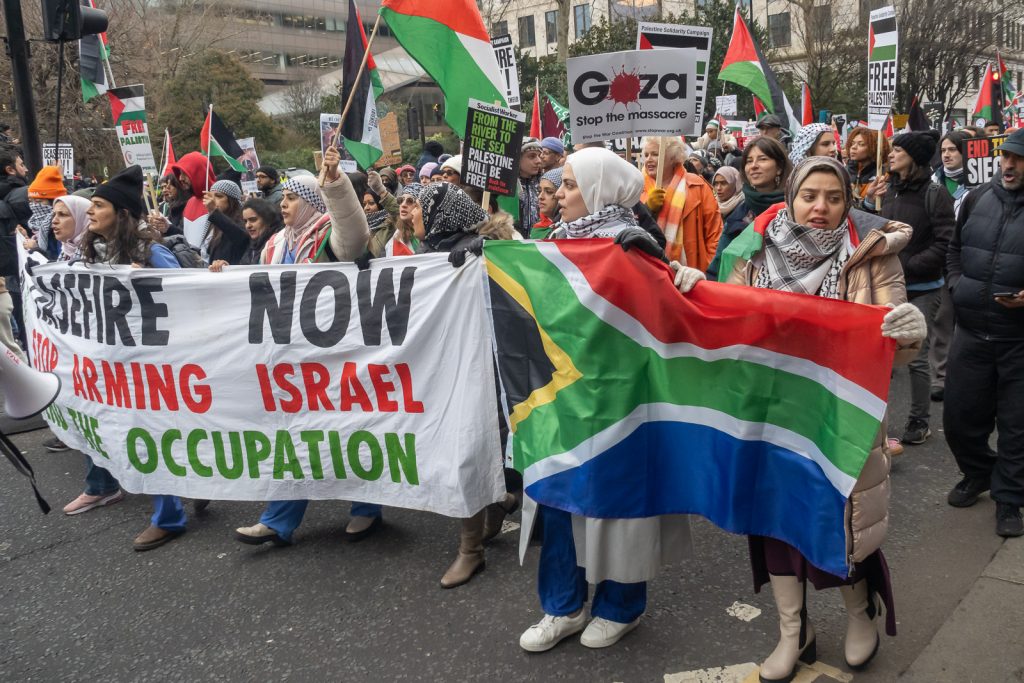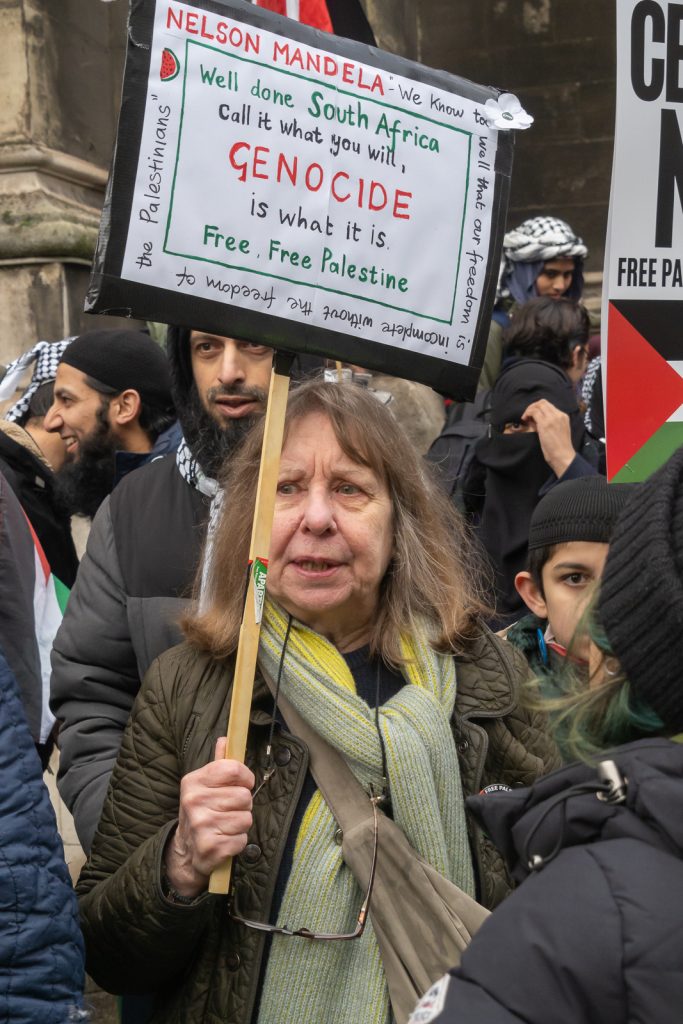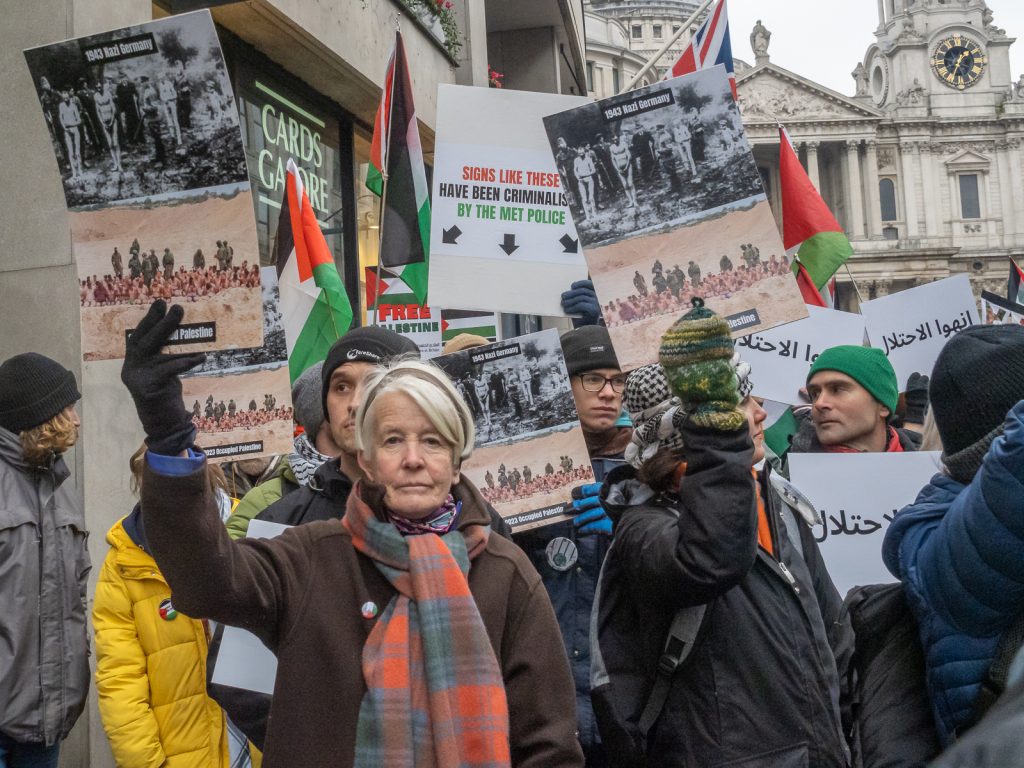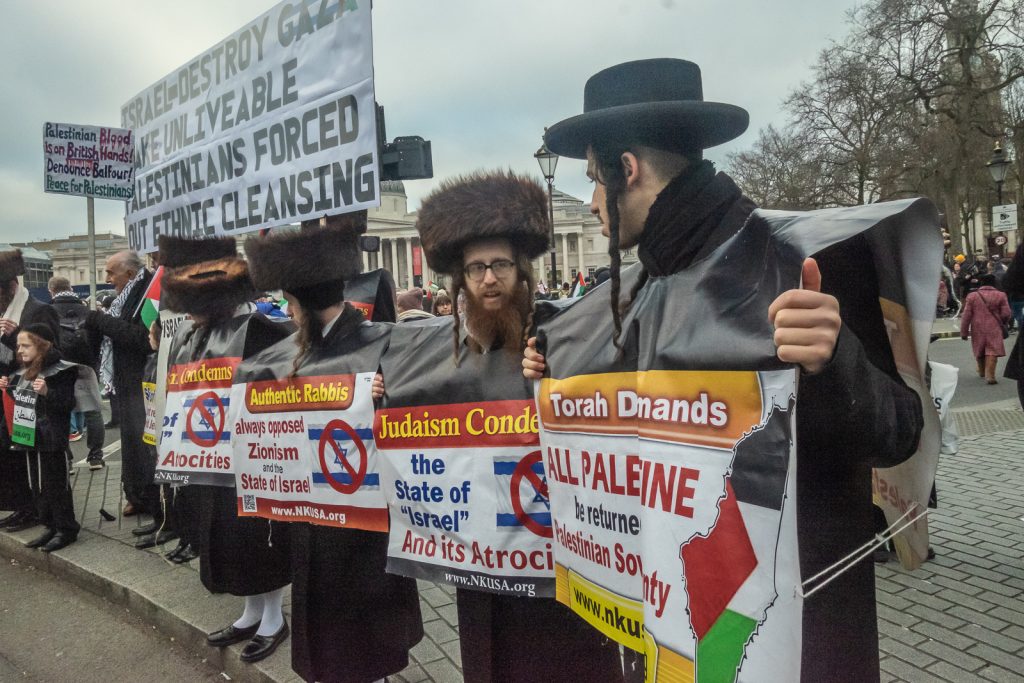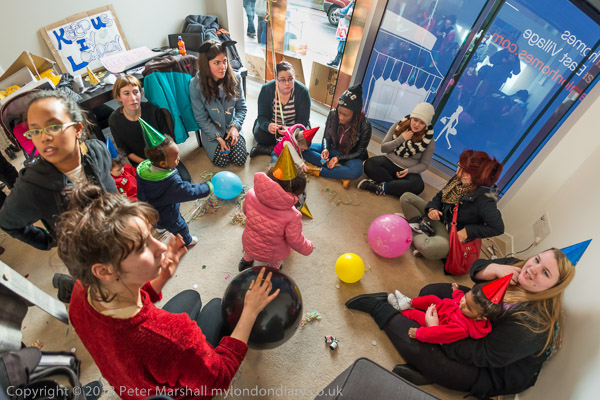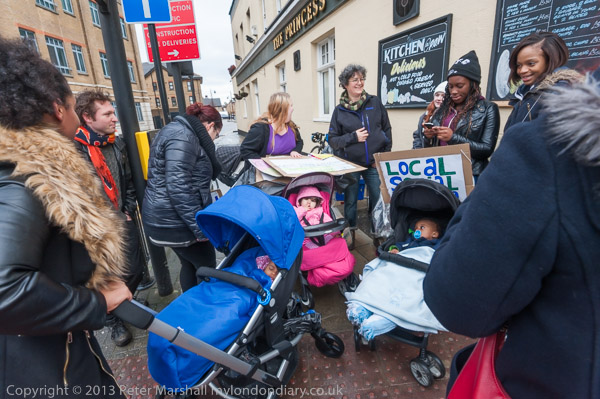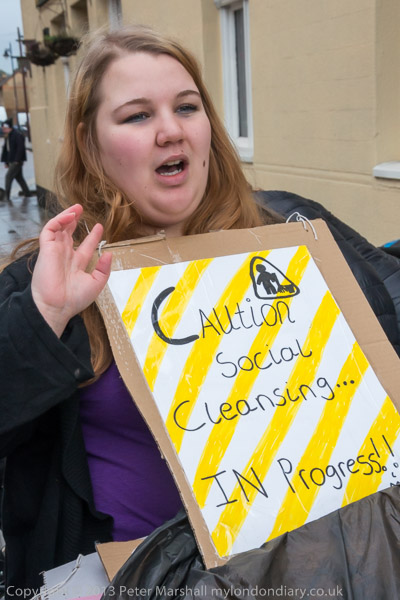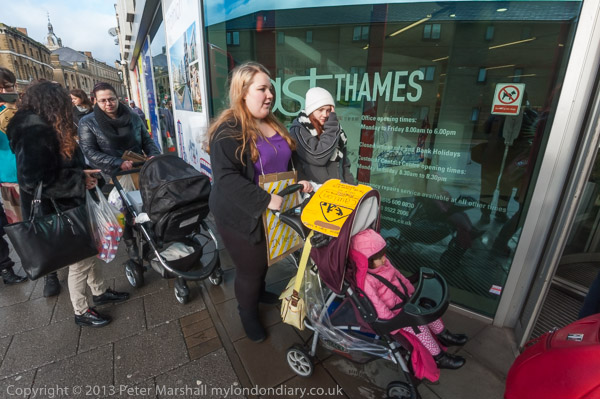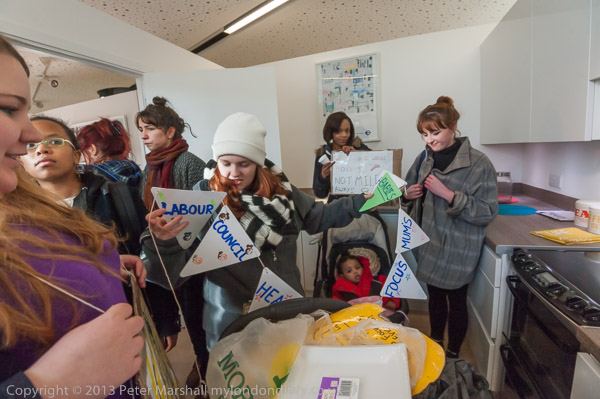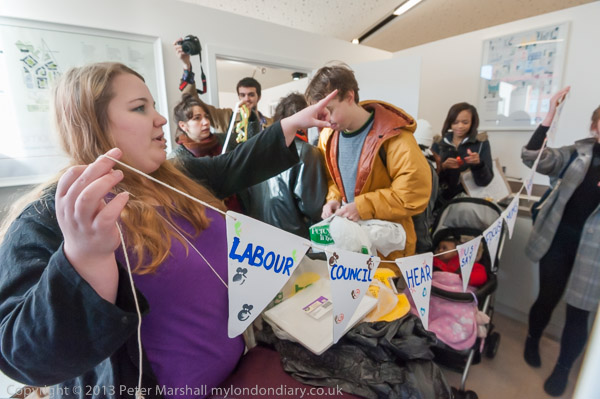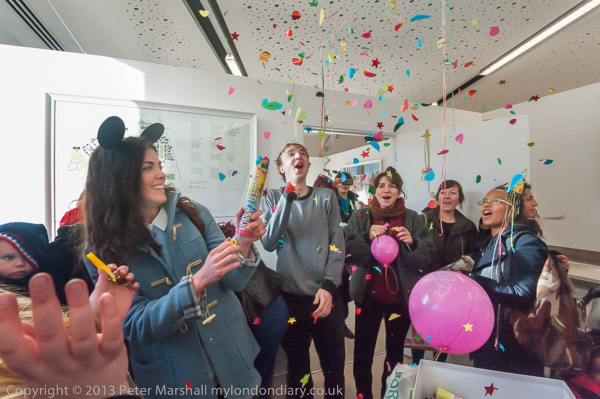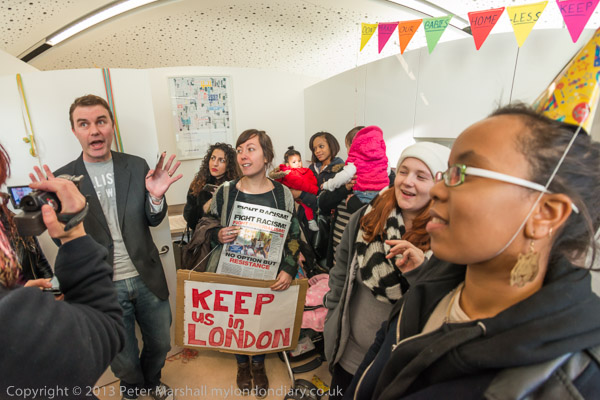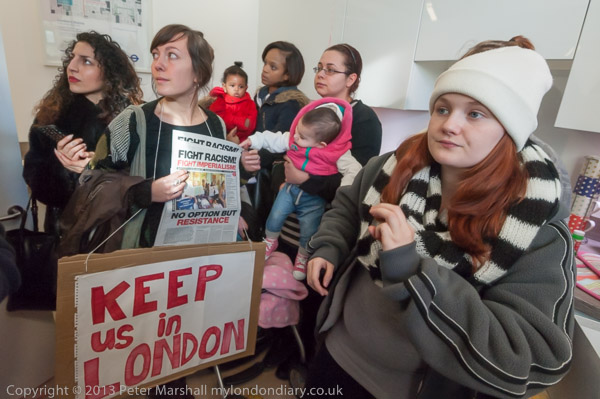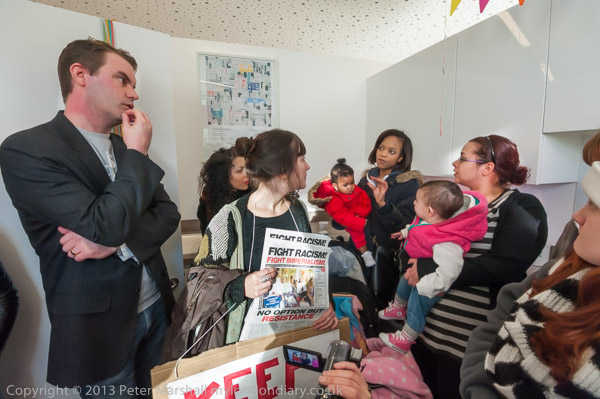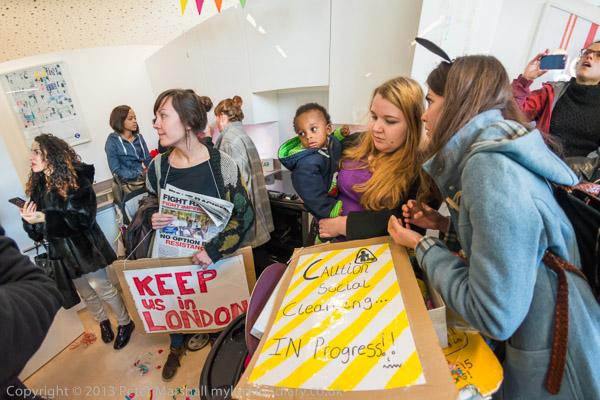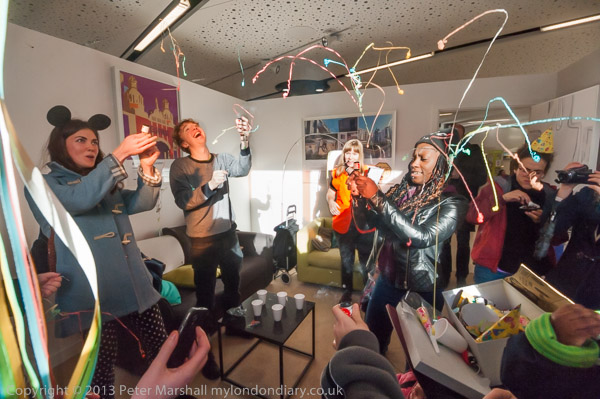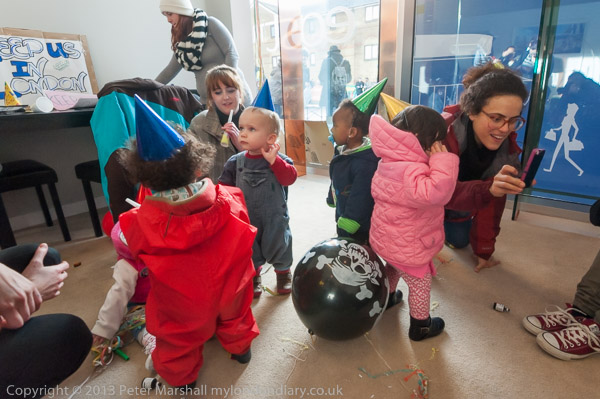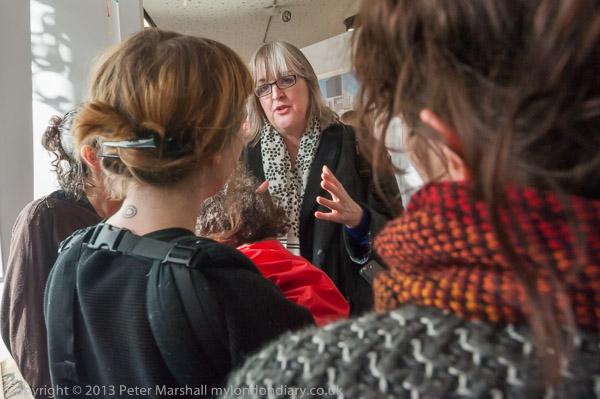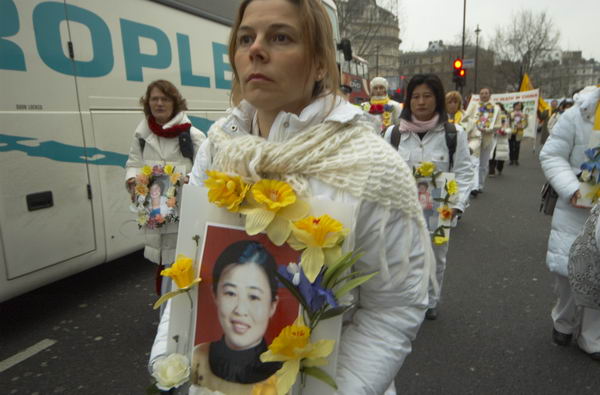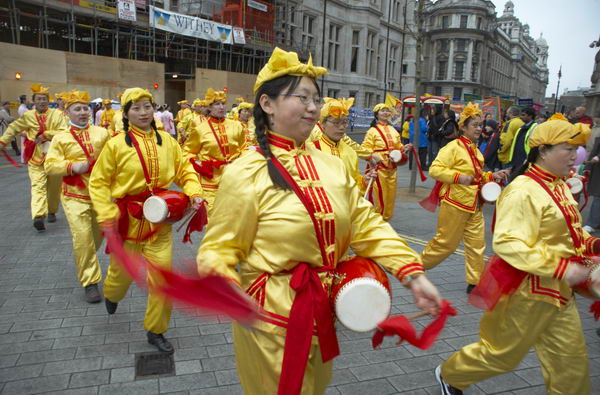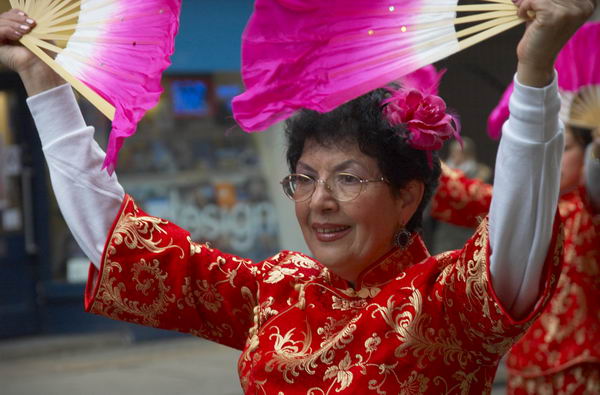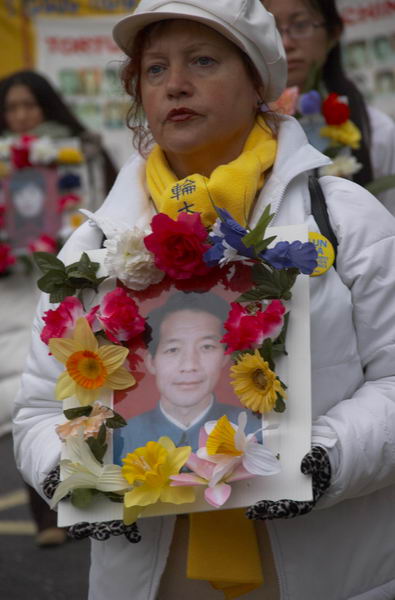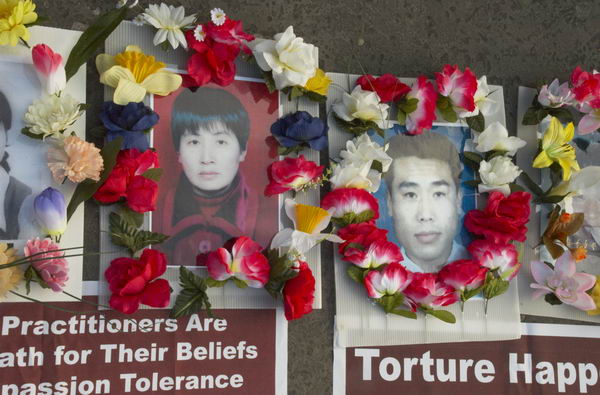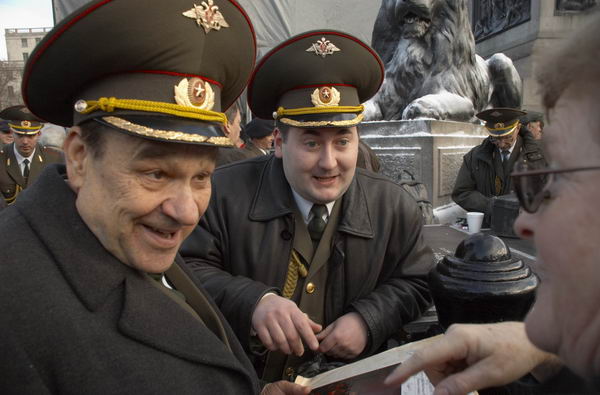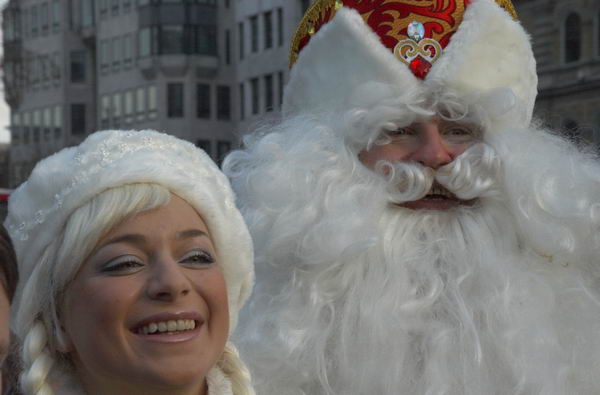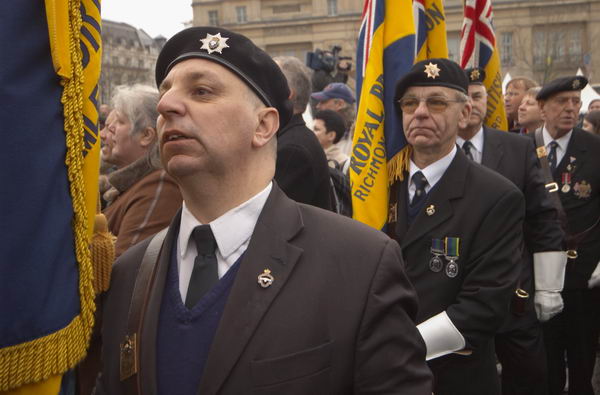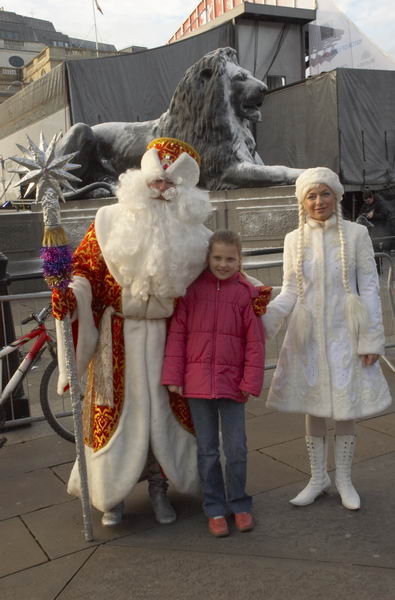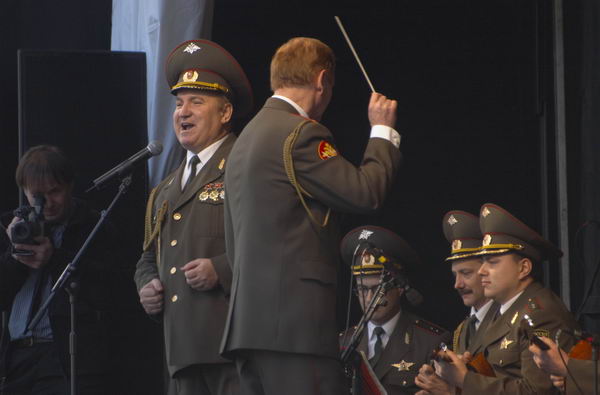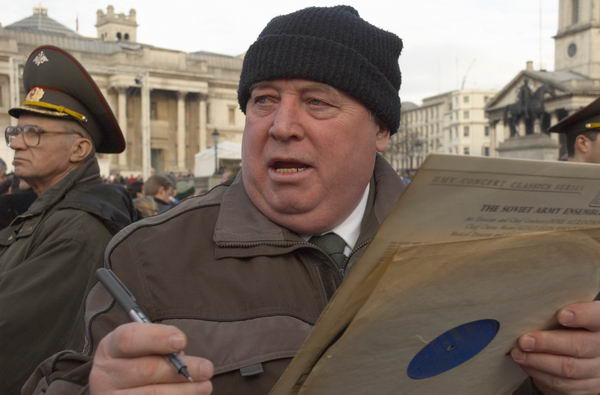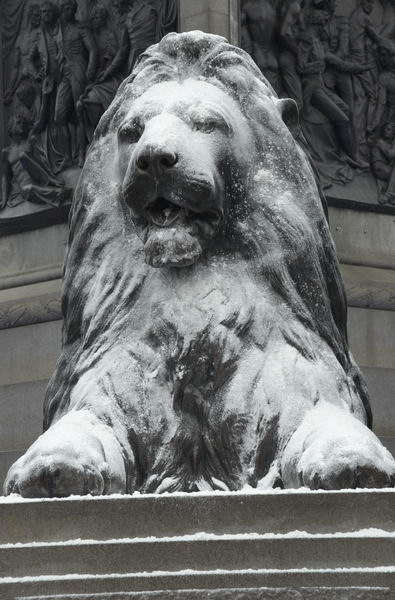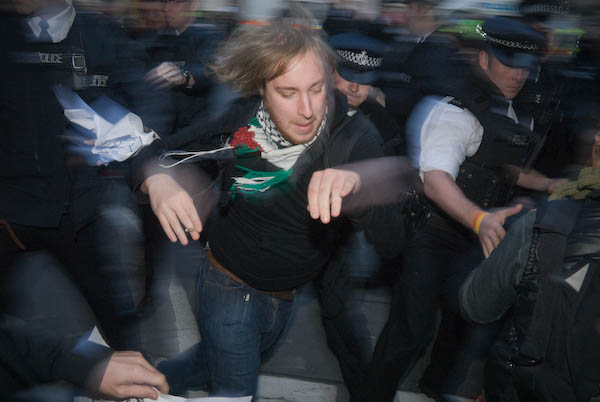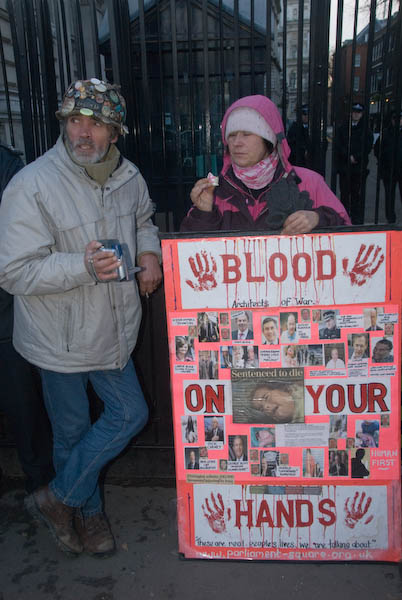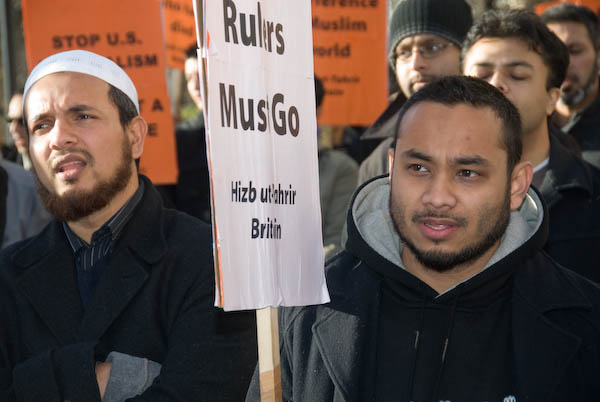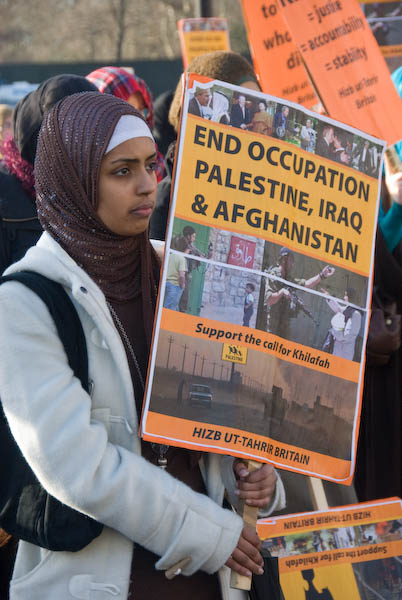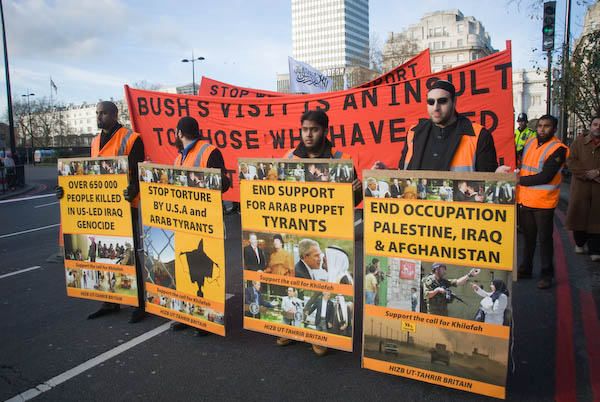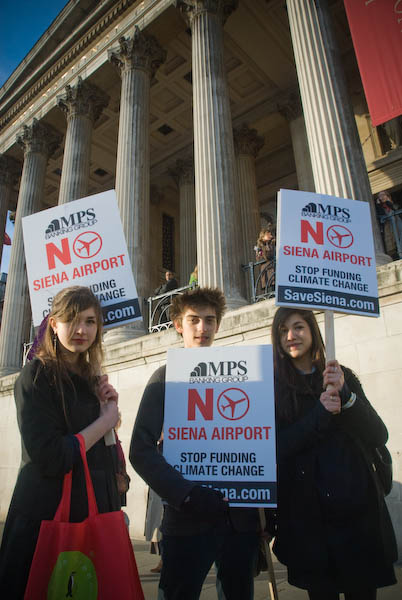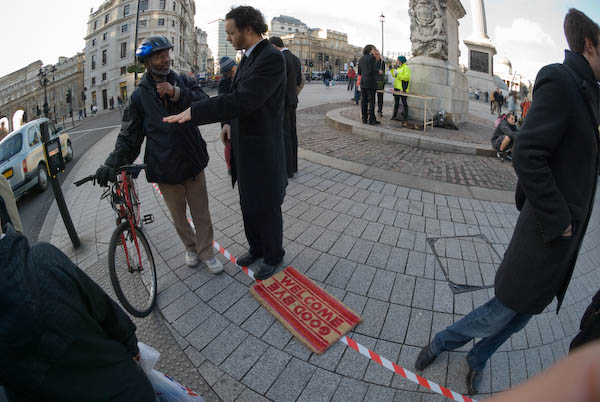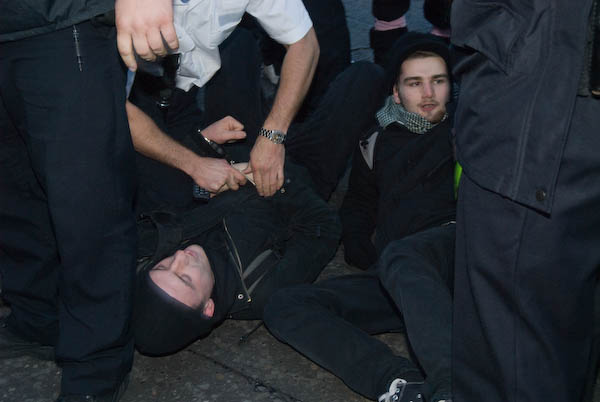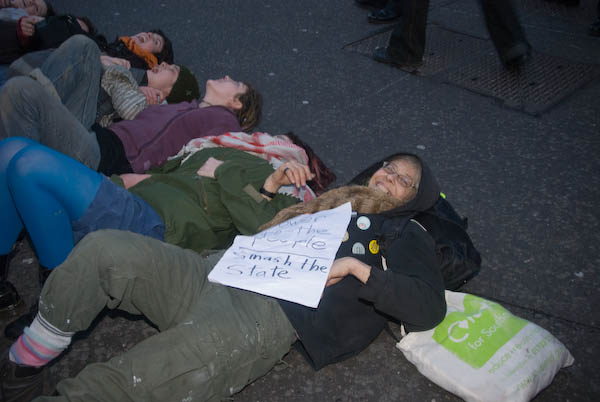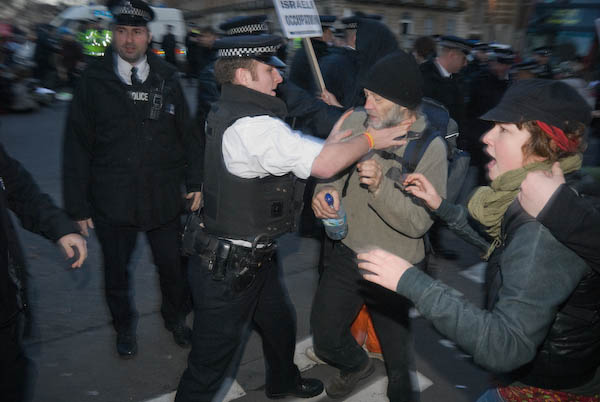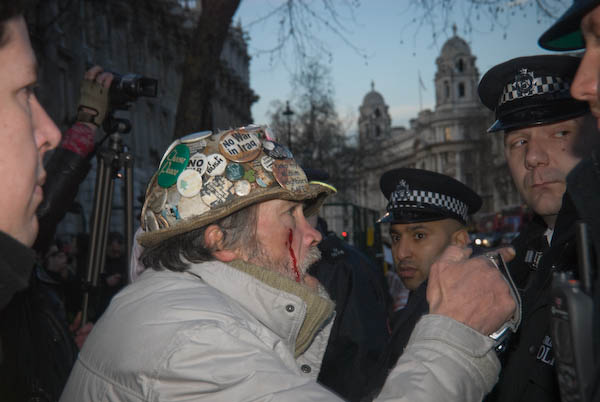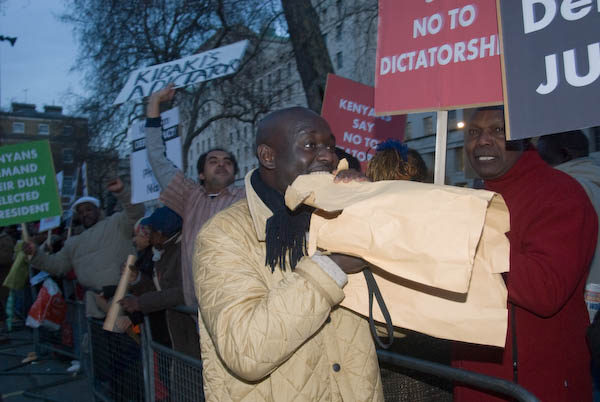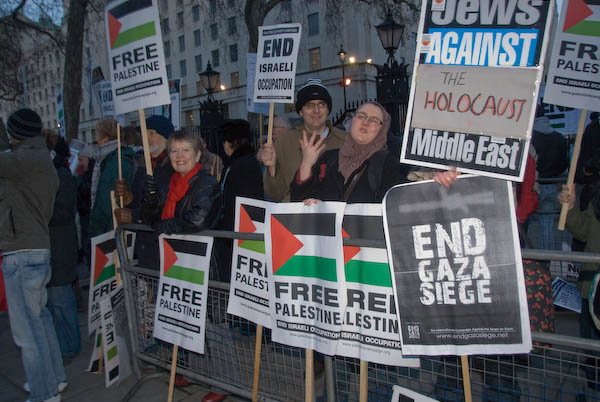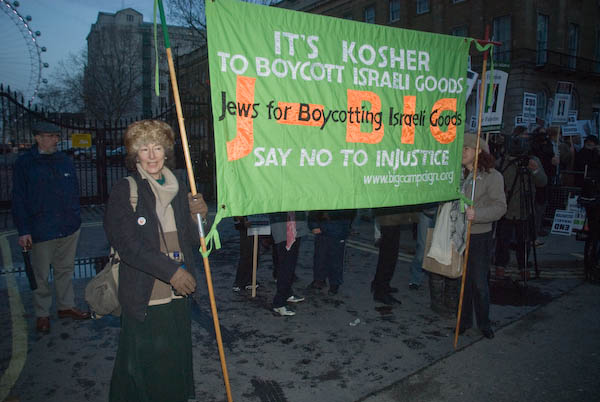Peckham & Stockwell Protests – on Saturday 21st January 2017 I spent the day in South London, photographing protests in Peckham and Stockwell.
Peckham welcomes march against deportations
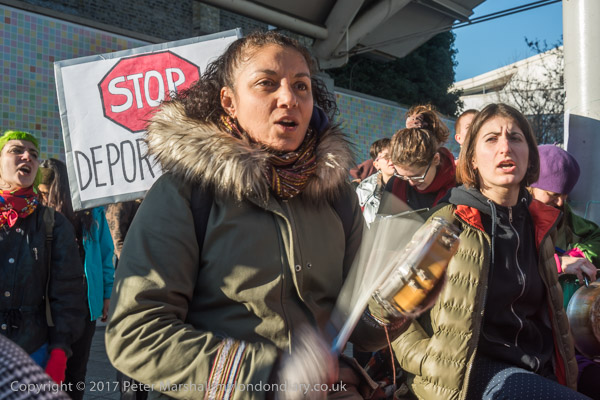
Immigration raids in south London had target long-established African, Asian and Caribbean communities, dividing families, deporting people who have built lives in the UK with parents, partners and children here. Protesters compared the deportation flights which followed with slave ships, with deportees shackled with a guard on each side in a cruel and divisive act of racist discrimination.
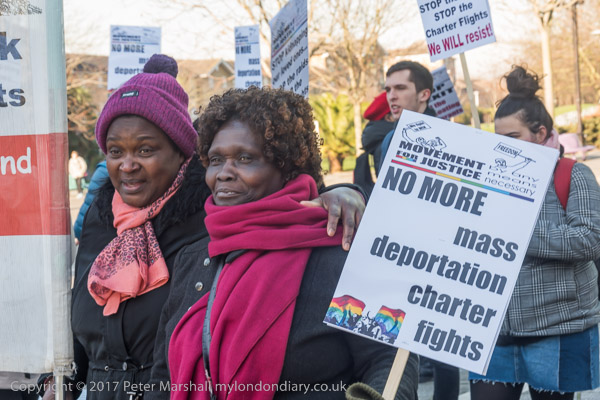
The Home Office had carried out many of these forced deportations unlawfully, and the High Court had decided that their use of the ‘detained fast track’ procedure from 2005-2014 was unlawful and went beyond their legal powers. Had we as individuals had acted illegally for so long and so persistently there would be little doubt that we would now be in prison.
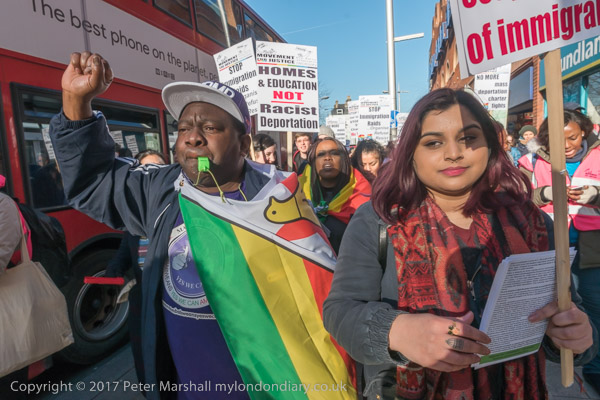
But the government gets away scot-free. The 10,000 or so asylum seekers deported under the old system could in theory ask for the decision made on their cases to be set aside and lodge a new appeal, although very few are likely to be in a position to do so.
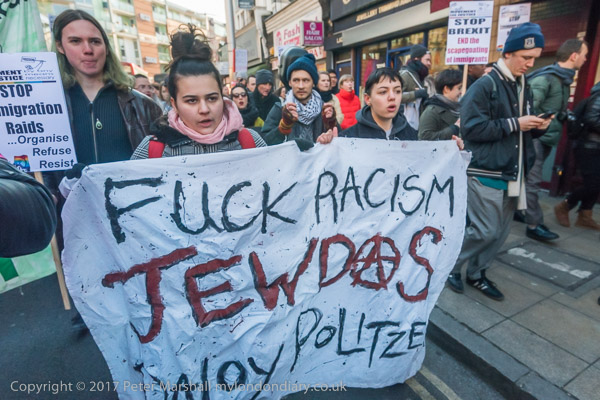
The protest was organised by Movement for Justice, but supported by many other groups including including SOAS Detainee Support (SDS), Anti Raids Network, Zimbabwe Human Rights Organization Mazimbabweans, Jewdas, BLMUK, London Mexico Solidarity, Fight Racism – Fight Imperialism (FRFI), Sisters Uncut – South East London and Lesbians and Gays Support the Migrants.
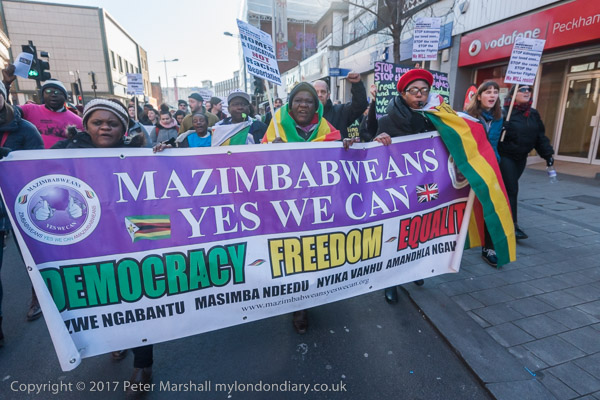
After a short rally the protests marched down Rye Lane, the main shopping street in Peckham, attracting a great deal of support from shoppers on the crowded street.

Some went into shops and handed out leaflets there and on the street. They held a short rally at the south end of the street before returning for another in the square by Peckham Library.
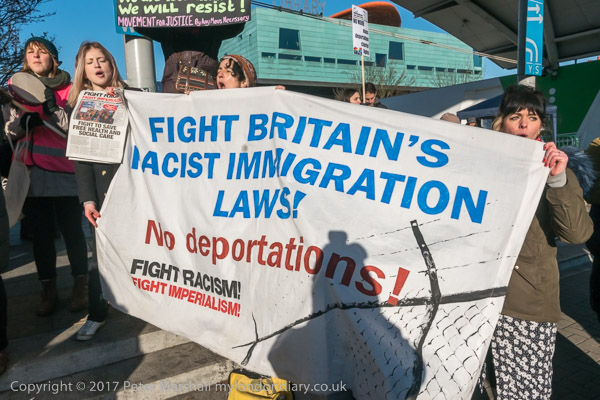
Peckham march against deportations
Oh! Mother march against knife crime – Peckham
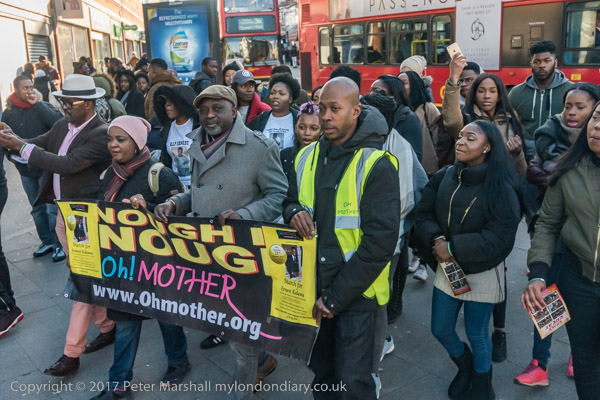
Another protest march was taking place in Peckham during the afternoon. Oh! Mother, A Christian organisation based in South London which campaigns for change in communities was protesting to put an end to gun and knife crime.
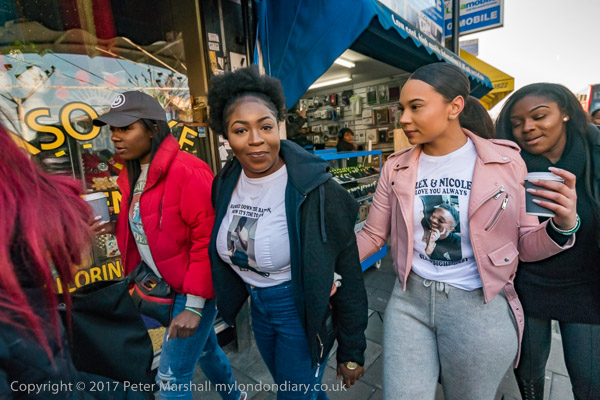
Their march followed the stabbing to death in Peckham on 30th December 2016 of 24 year old Ernest Kalawa. Among the marchers were members of the dead man’s family, some of whom wore t-shirts commemorating him.
Oh! Mother march against knife crime
March against closing community centres – Stockwell
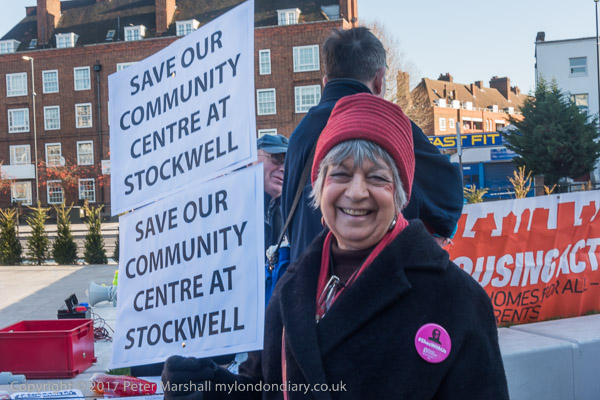
Members of Lambeth Labour were meeting in Stockwell to march to Stockwell Community Centre, one of two local community centres in Stockwell and Kennington Park which are run by Hyde Housing Association which were threatened with closure.
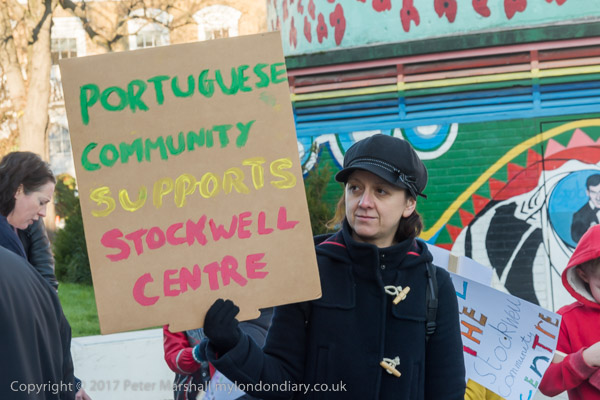
Lambeth Council is spending £50 million on a new town hall and had pledged £20 million to support the vanity Garden Bridge project, but the Labour-run council had made drastic cuts in community services, including library closures and selling off council estates to developers but has refused to support these community centres.
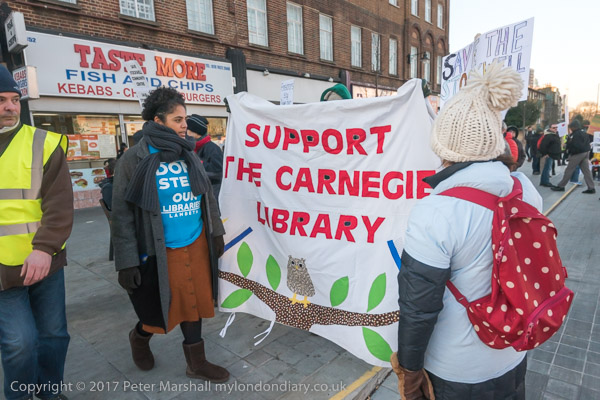
Lambeth Labour Council is one of a number of London Labour councils dominated by right-wing members who appear to have lost any sense that councils exist for the benefit of their residents rather than of the councillors.

Lambeth appear to follow in the footsteps of neighbouring Southwark, here journalist Anna Minton found that “20 per cent of Southwark’s 63 councillors work as lobbyists” for developers in the planning industry and that a significant number of Councillors and Council officers are making use of a ‘well-oiled revolving door’ to the industry.
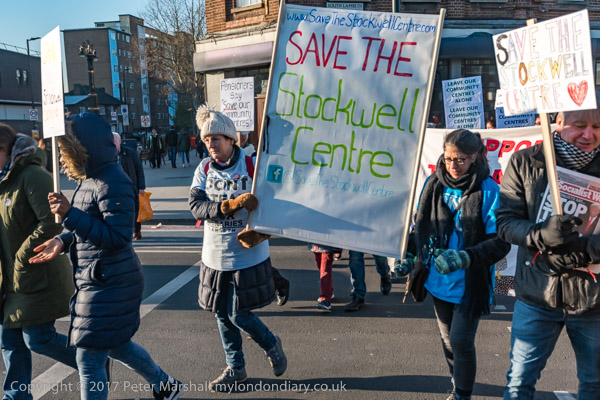
March against closing community centres
Flickr – Facebook – My London Diary – Hull Photos – Lea Valley – Paris
London’s Industrial Heritage – London Photos
All photographs on this page are copyright © Peter Marshall.
Contact me to buy prints or licence to reproduce.
